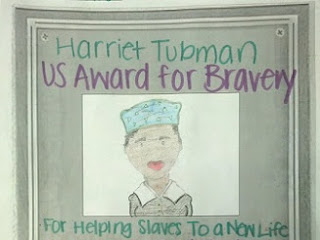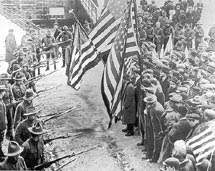It is an engagement in which Confederate soldiers allegedly murdered defenseless African American troops.
On March 16, 1864, Confederate major general Nathan Bedford Forrest began a raid by some 7 cavalry into Kentucky that reached as far as Paducah in March 25.
From nearby Jackson, Tennessee, the Confederate cavalry General Nathan Forrest detached a division under Gen, James Chalmers, with some 1500 -2000 men, to attack the Fort Pillow, defended by 262 Negro and 295 white soldiers. Fort Pillow was built on the eastern bank of the Mississippi River about 4 miles north of Memphis in 1861.
Chalmers began an investment of Fort Pillow at dawn on April 12. The Confederates quickly drove the Union pickets in and then occupied hills that allowed sharpshooters to begin engaging the fort’s defenders.
Fort Pillow’s defenders fought bravely but were overwhelmed by sheer force of numbers. The Federal commander, Maj. Lionel Booth was killed by a sniper and replaced by Maj, William Bradford. Many were shot down as they attempted to flee to the river; others were shot in the river or drowned.
In Mid -afternoon Bradford refused a surrender ultimatum from Forrest, who had arrived to take personal charge of the attack. The Confederate then assaulted the fort and captured it with a loss of only 14 killed and 86 wounded. The garrison, however, suffered 231 killed, 100 serious wounded and 226 captured (including 58 Negroes).
Battle of Fort Pillow
On March 16, 1864, Confederate major general Nathan Bedford Forrest began a raid by some 7 cavalry into Kentucky that reached as far as Paducah in March 25.
From nearby Jackson, Tennessee, the Confederate cavalry General Nathan Forrest detached a division under Gen, James Chalmers, with some 1500 -2000 men, to attack the Fort Pillow, defended by 262 Negro and 295 white soldiers. Fort Pillow was built on the eastern bank of the Mississippi River about 4 miles north of Memphis in 1861.
Chalmers began an investment of Fort Pillow at dawn on April 12. The Confederates quickly drove the Union pickets in and then occupied hills that allowed sharpshooters to begin engaging the fort’s defenders.
Fort Pillow’s defenders fought bravely but were overwhelmed by sheer force of numbers. The Federal commander, Maj. Lionel Booth was killed by a sniper and replaced by Maj, William Bradford. Many were shot down as they attempted to flee to the river; others were shot in the river or drowned.
In Mid -afternoon Bradford refused a surrender ultimatum from Forrest, who had arrived to take personal charge of the attack. The Confederate then assaulted the fort and captured it with a loss of only 14 killed and 86 wounded. The garrison, however, suffered 231 killed, 100 serious wounded and 226 captured (including 58 Negroes).
Battle of Fort Pillow










